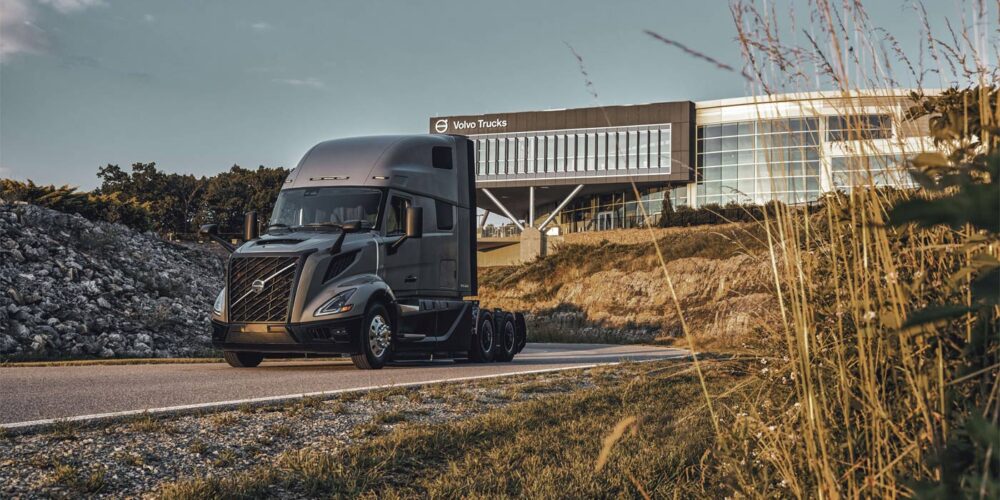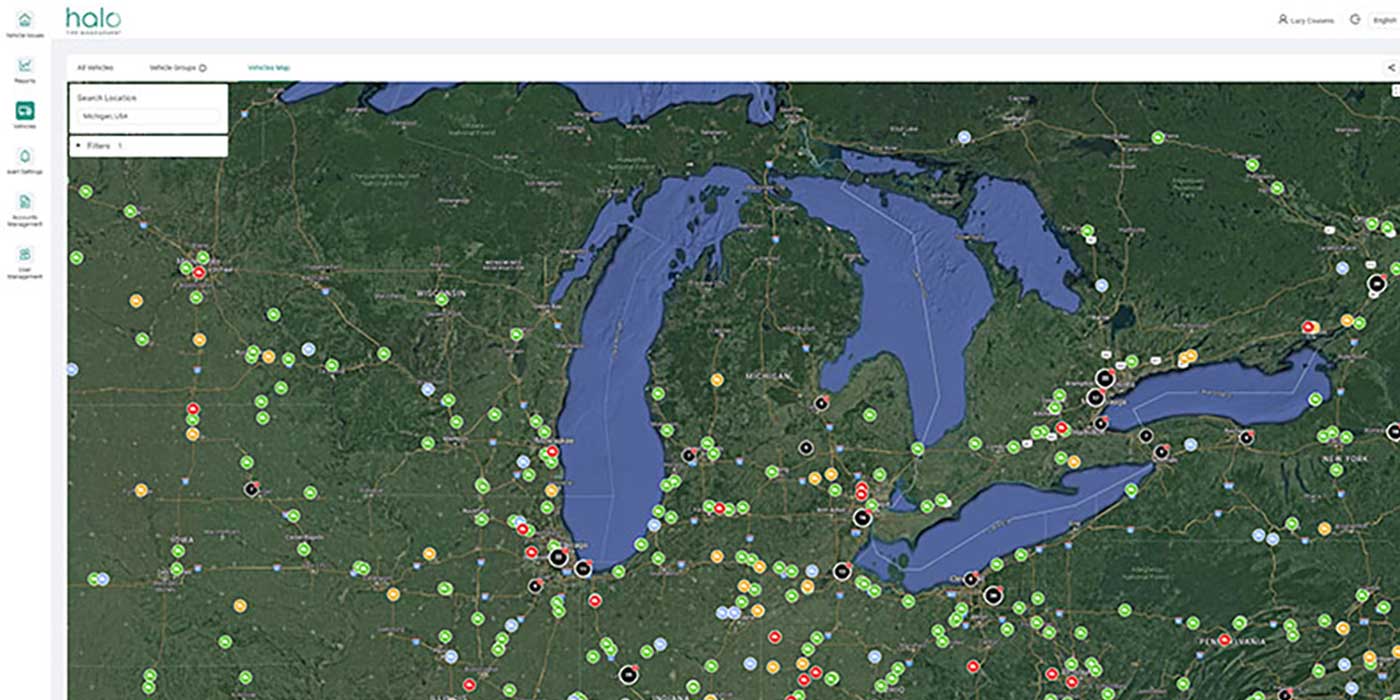While many fleets are still adapting to the vehicle equipment changes brought about by the 2014 federal government’s greenhouse gas (GHG 14) standards—which added sophistication and expense to the new trucks equipped to meet the mandate—truck OEMs are tooling up to tweak engines and aerodynamics on trucks for the GHG 17 emissions and fuel efficiency standards as required by the mandate.
As a reminder, GHG 14 standards for heavy-duty vehicles were voluntary for model years 2014 and 2015 trucks, but will become mandatory with the GHG 17 standard for model year 2016 (for most regulatory categories).
The Environmental Protection Agency (EPA) and the National Highway Traffic Safety Administration (NHTSA), on behalf of the Department of Transportation, initiated the strong federal greenhouse gas and fuel economy program. For the GHG 14 ruling, truck OEMs and engine manufactures made significant changes to engines to meet the emission levels required with a secondary focus on aerodynamics. The increased aerodynamic interest, which includes OEM changes to truck designs, has developed into increased interest in aftermarket devices for trailers, such as side fairings, trailers tails, etc., that also help meet the fuel efficiency requirements of the mandate.
While engine modifications may have reached their limit to comply with engine emissions, OEMs are investigating other compliance scenarios, one of which is offering more proprietary integrated systems. While some fleets are resistant to purchasing integrated vehicles, others are becoming early adopters and are already purchasing vehicles with integrated engines and transmissions.
Martin Daum, president and chief executive officer of Daimler Trucks of North America, reports that the DT 12 transmissions, which are matched to Detroit engines on Freightliner Cascadia Evolution Class 8 trucks, are already sold out for 2014. He adds that the demand is beyond their expectations. As for GHG 17, Daum says, the company continues to invest in technology that will help it meet the standards. “We are making trucks better and better each year,” he notes. The continuous improvements already provide increased fuel efficiency.
Going forward, the challenge will be to hold the CO2 reduction without increasing NOx levels, which might result in turbo compounding and other complex forms of waste heat recovery that will likely increase the cost of the vehicles. In the future, however, the biggest cost may not be the vehicle sticker price, but rather interest rates. There is a silver lining—the vehicles will likely be more efficient with better fuel economy and lower cost of ownership.














